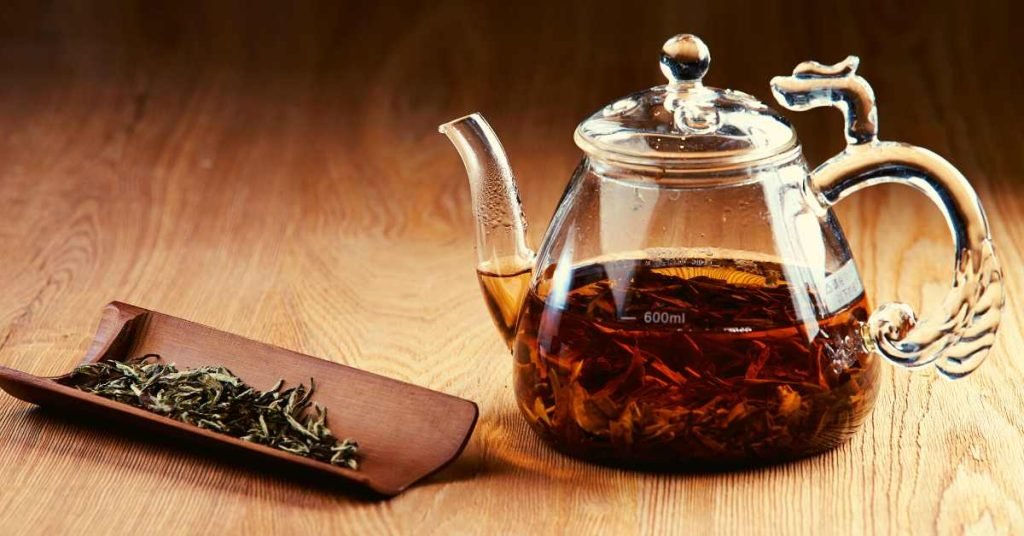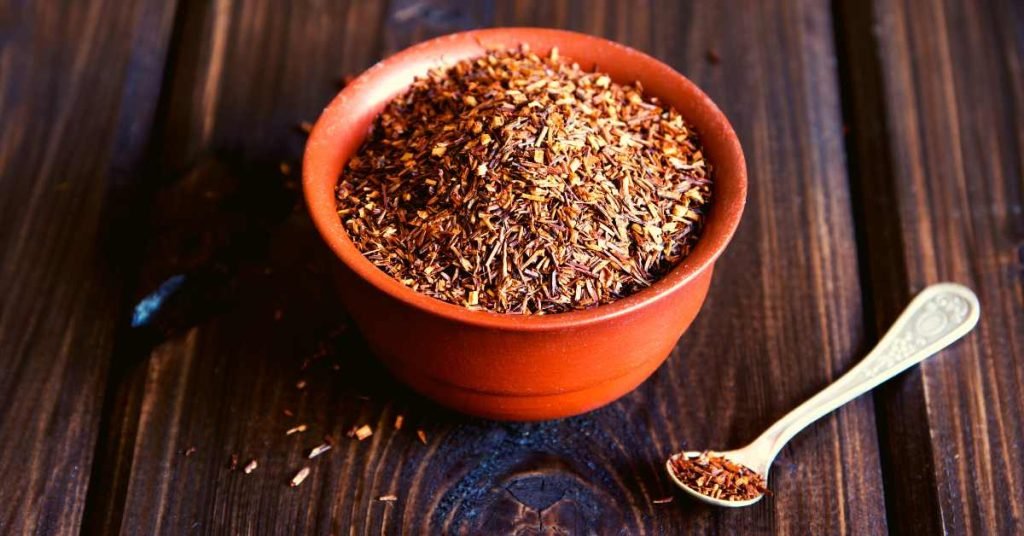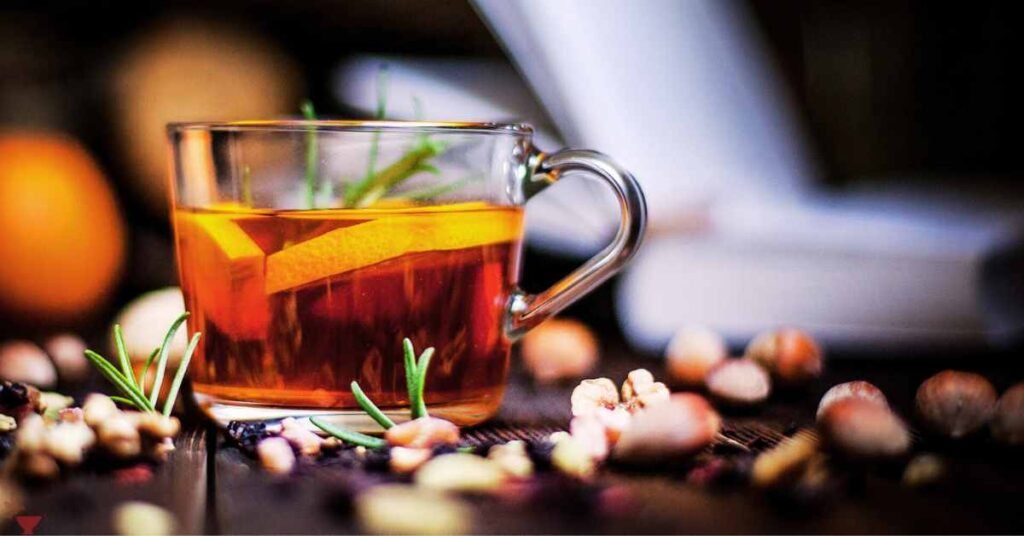There are many doubts that we have about different aspects, from the types of tea that exist, to how long it takes to prepare it or how to preserve it.
Through these nine questions and answers, It’s Never Not Teatime wants to solve the most common doubts, unveil false myths that have been created around tea, and help us know more about its properties and origins.
How Many Types of Tea Are There?
Depending on the elaboration process carried out (mainly the degree of fermentation/oxidation), different types of tea are obtained.
The four main types of tea are:
Black: fully fermented tea that has been completely oxidized during the brewing process. Hence it has a stronger flavor and a darker color than the others.

Green: unfermented tea (hence its intense green color) in which the oxidation process is stopped immediately with the application of heat, by wok drying (China) or steaming (Japan – “Sencha” method). Depending on the process, the aromatic nuances of green tea vary. Wok-dried green tea is reminiscent of roasting, while steam-heated Sencha green tea has herbal and fresher nuances.
Oolong: semi-fermented tea brewed in a similar way to black tea but with a more greenish-coppery color and a milder flavor. This tea traditionally comes from small cultivation areas in Fiji (China), Eastern Guangdong, and Taiwan, where it is known as Formosa Oolong.
White: it is named after the white hairs that cover the tea buds before the buds have opened. Currently, the British Tea Council defines white tea as tea obtained by picking the tea buds, which the first young leaves may accompany.
This tea has been dried naturally and has not undergone any fermentation. This makes it the elite of teas, with the smooth and fresh taste of pure tea leaves. It maintains its light color because it does not undergo any oxidative process during its elaboration. It often resembles green tea, but it is not rolled before drying.
Is Rooibos Also Called Tea?
No, rooibos, also known as South African red tea, does not come from the Camellia sinensis plant.

Instead, it is made from the leaves of Aspalathus linearis, a small shrub that grows in the Cedar Mountains in Cape Town, South Africa.
The resulting infusion has a mild, aromatic flavor with a sweet aftertaste.
What Is the Tea Brewing Method?
The tea brewing process takes place in several steps, depending on the type of tea you want to obtain. First, the tea leaves are harvested. Then they are left to wither, allowing the fresh leaves to lose some of their moisture; subsequently, they are rolled or cut so that the enzymes involved in oxidation/fermentation are activated in the case of black or oolong tea. Finally, the tea leaves are heated with hot air to stop oxidation and dry the leaves.
What is Blending?
Blends are the different mixtures used to make each type of tea. The purpose of blending different types of tea is to obtain a constant quality and flavor from a variable raw material at the best possible price. A blend can consist of twenty or more original types of tea.
Blenders are therefore people specialized in tasting and blending different types of tea.
What Is the Ideal Time for Tea Preparation?

There is no set time, but it usually varies between 2-5 minutes. Individual preference and taste will determine the brewing time. This factor, together with the temperature of the water and the size of the leaves used will be the main factors that will determine the flavor, color, and nutrients of the tea infusion.
How Many Calories Do Tea and Infusions Provide?
The caloric contribution of tea and infusions themselves is practically nil since their major component is water. The caloric content only increases if milk or any natural sweetener such as sugar or honey is added.
Does Tea Contain Caffeine, Theine, or Both?
The concept of theine is a rather colloquial term that, at a scientific level, is replaced by the word caffeine, referring to the same component that is present, for example, in coffee.
However, a cup of tea contains approximately half as much caffeine as a cup of filtered coffee.
Is Tea a Diuretic?

It is known that excessive consumption of caffeine (>300mg) can increase diuresis. However, the caffeine content of tea is much lower compared to other caffeinated beverages. Therefore, tea is not considered a diuretic beverage. A cup of tea, however, provides between 200-250ml of liquid, so it contributes to increasing our fluid intake thus promoting liquid exertion.
Are There Any Recommendations for Keeping Tea in Good Condition?
Tea should be kept in a cool, dry, and dark place, preferably in a container that keeps it away from the outside and heat sources, without humidity or odors that could contaminate the original aroma of the tea.
MEDICAL DISCLAIMER
Itsnevernotteatime.com cannot and does not contain medical/health advice. The medical/health information is provided for general and educational purposes only and is not a substitute for professional advice.




